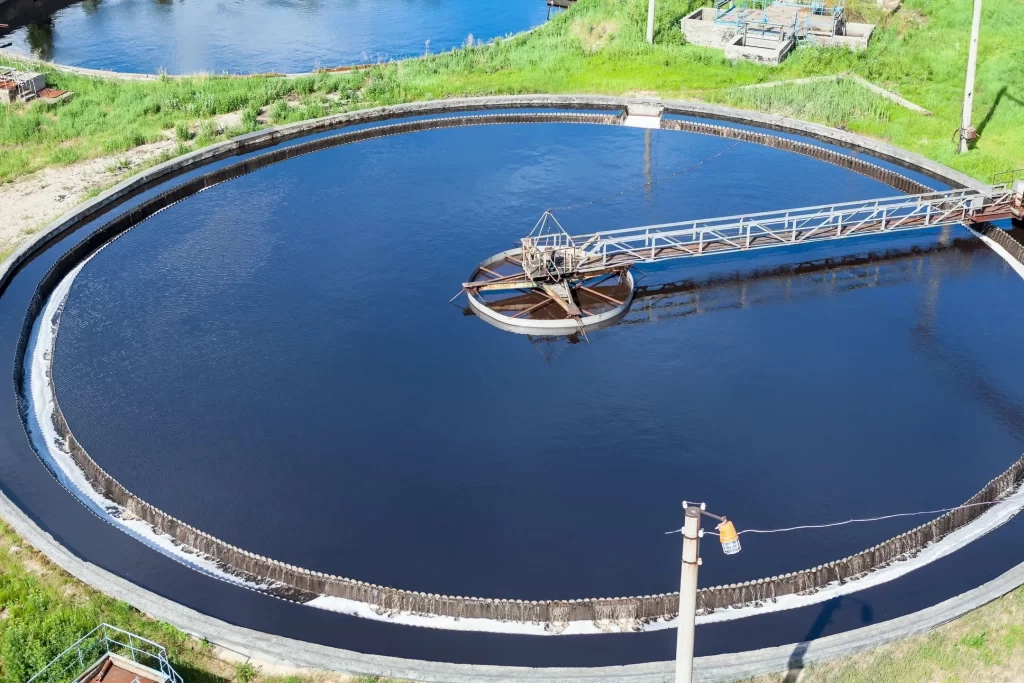Sewage Treatment Plant (STP): Definition, Process, Advantages & Disadvantages
Understanding Sewage Treatment Plants (STPs): Definition, Process, Advantages, and Disadvantages
Sewage Treatment Plants (STPs) play a vital role in maintaining public health and environmental sustainability. With urban populations growing and wastewater production increasing, understanding the function and importance of STPs is essential. This blog will delve into the definition, processes, advantages, and disadvantages of sewage treatment plants.
What is a Sewage Treatment Plant (STP)?
A Sewage Treatment Plant (STP) is a facility designed to treat wastewater from residential, commercial, and industrial sources. The primary goal of an STP is to remove contaminants from sewage to ensure that the treated water can be safely released into the environment or reused for various purposes, such as irrigation or industrial processes.
The Sewage Treatment Process:
The sewage treatment process typically involves several stages, including:
1. Preliminary Treatment
This initial stage removes large solids and debris from the sewage. Bar screens and grit chambers are commonly used to filter out materials like plastic, paper, and sand.
2. Primary Treatment
During primary treatment, wastewater is allowed to settle in large tanks. The solids settle at the bottom to form sludge, while lighter materials (such as oils and grease) float to the surface, creating scum. Both are removed for further processing.
3. Secondary Treatment
This stage uses biological processes to further reduce organic matter and nutrients. Aerobic bacteria are introduced to break down remaining organic pollutants. Common methods include activated sludge systems and trickling filters.
4. Tertiary Treatment
This advanced stage involves additional filtration and disinfection processes to remove remaining contaminants and pathogens. Techniques such as sand filtration, membrane filtration, and chlorination are often employed to ensure water quality.
5. Sludge Treatment
The sludge collected during primary and secondary treatment undergoes further processing, often through anaerobic digestion, which reduces its volume and generates biogas that can be used as an energy source.
6. Disposal or Reuse
After treatment, the clean water can be released into natural water bodies, while the treated sludge can be used as fertilizer or disposed of in landfills.
Advantages of Sewage Treatment Plants:
Environmental Protection: STPs reduce the pollution load in water bodies, protecting aquatic ecosystems and ensuring cleaner rivers, lakes, and oceans.
Public Health: By treating sewage, STPs help prevent the spread of waterborne diseases, safeguarding public health.
Resource Recovery: Many modern STPs can recover valuable resources, such as biogas for energy and treated water for irrigation or industrial use.
Regulatory Compliance: STPs help municipalities meet environmental regulations and standards for wastewater discharge, promoting sustainable urban development.
Economic Benefits: The treatment of sewage can lead to lower costs for water supply and waste management in the long run.
Disadvantages of Sewage Treatment Plants:
High Initial Costs: The construction and setup of STPs can require significant investment, making them costly for municipalities, especially in developing regions.
Operational Complexity: Running an STP involves complex processes and requires skilled personnel for effective operation and maintenance.
Energy Consumption: STPs can consume large amounts of energy, leading to higher operational costs and environmental impacts if not managed sustainably.
Potential for Odors: Improperly managed STPs can emit unpleasant odors, which can affect nearby communities.
Land Use: STPs require considerable land area, which may be challenging to find in densely populated urban areas.
Conclusion:
Sewage Treatment Plants are crucial for maintaining environmental health and public safety. While they come with challenges, their benefits far outweigh the disadvantages when managed properly. As technology advances, we can expect more efficient and sustainable treatment processes, further enhancing the role of STPs in urban infrastructure. Understanding these systems is vital for advocating sustainable practices in our communities and ensuring a cleaner, healthier future.
Enquire Now
Recent Posts
- What Caused Air Pollution in New Delhi?
- Sewage Treatment Plant (STP): Definition, Process, Advantages & Disadvantages
- How do Sewage Treatment Plants Work Flow Diagram?
- Types of Soil Pollutants
- Top 10 RO plant Manufacturers in India
- What are KLD and MLD in Water and Wastewater Treatment?
- Top 10 Commercial RO Plant Manufacturers in India
- What is the Price of Residential (STP) Sewage Treatment Plant
- Top 5 ETP Plant Manufacturer Companies in India
- Sewage Treatment Plant Manufacturer in Ghaziabad

